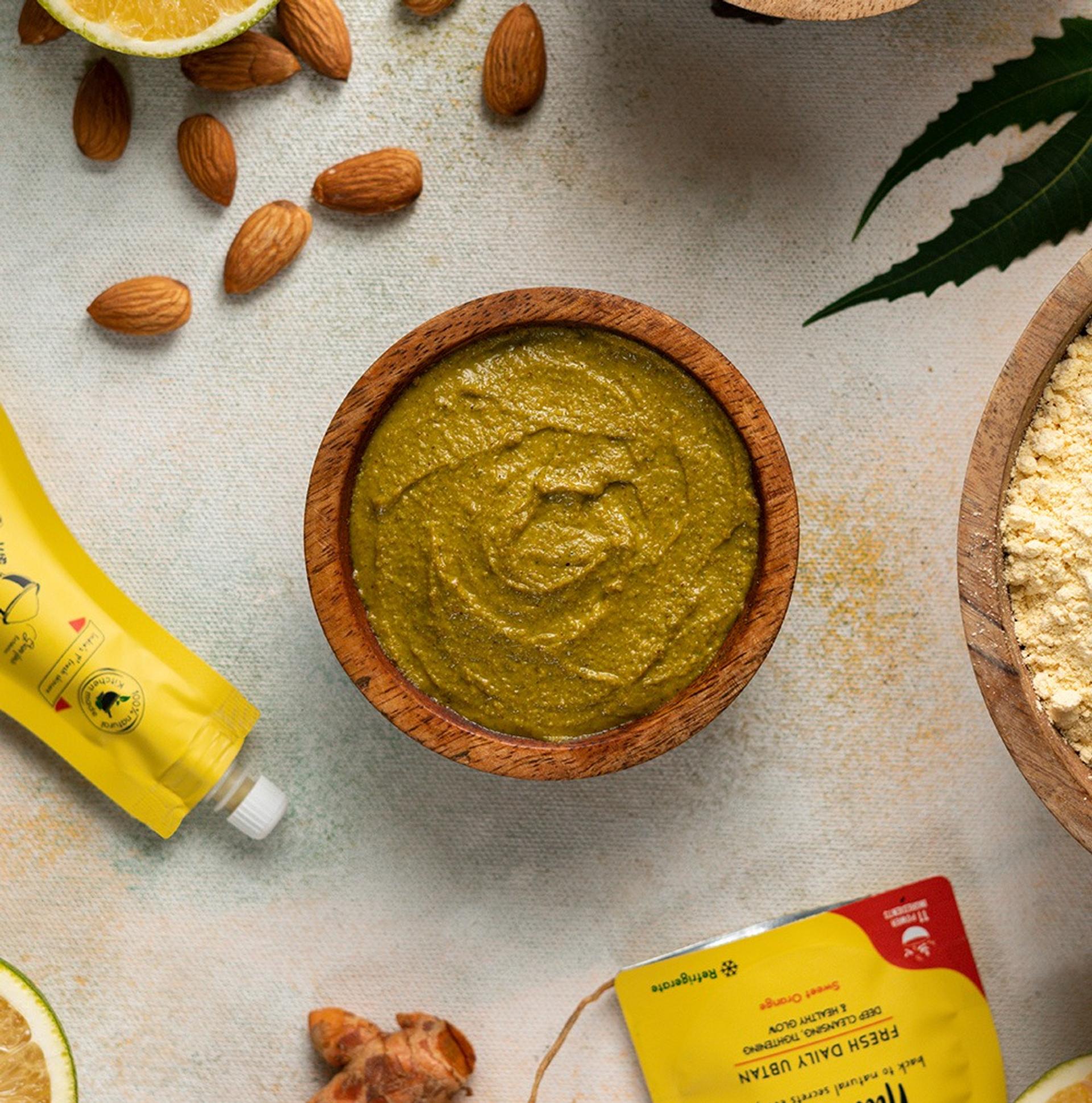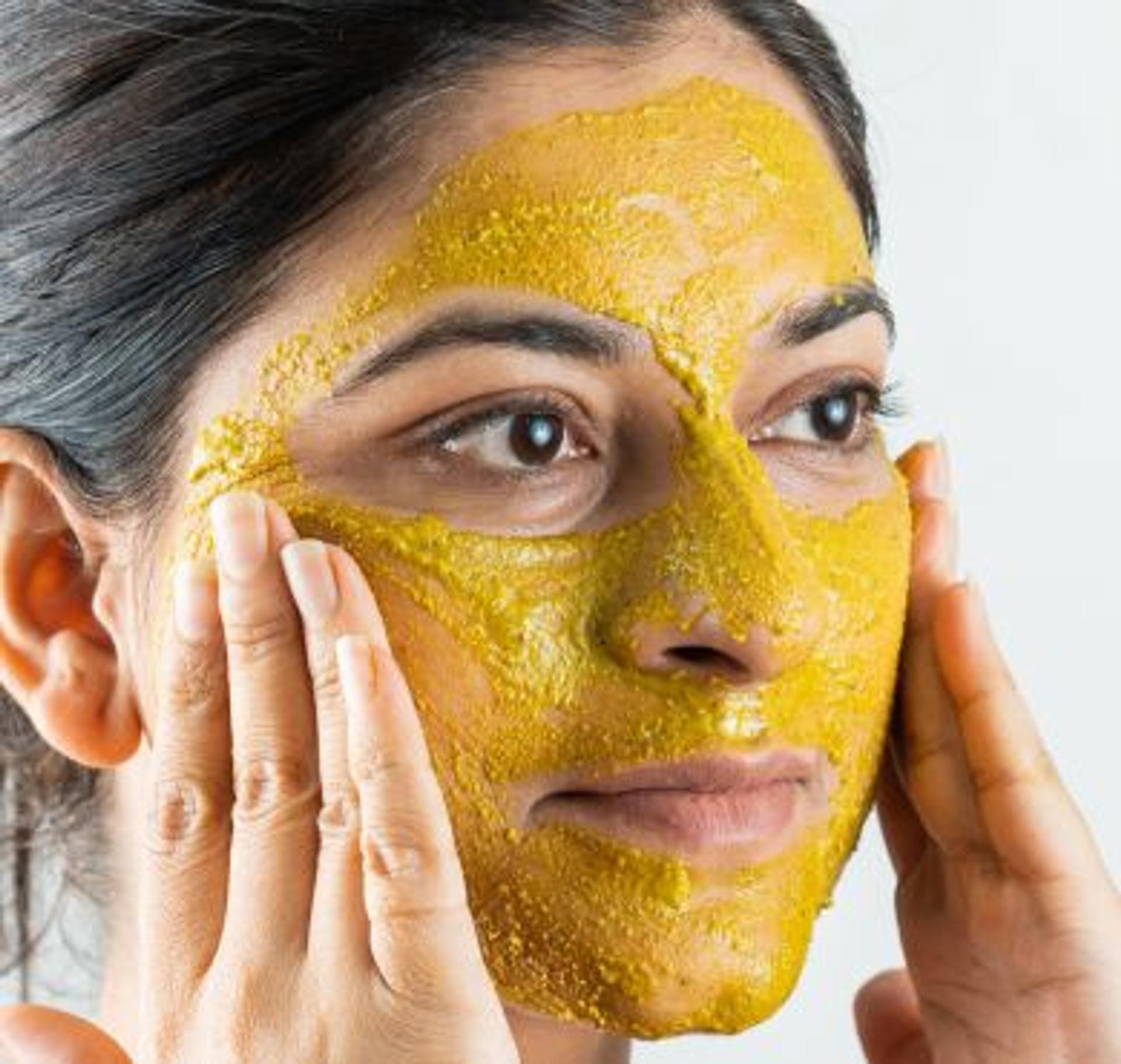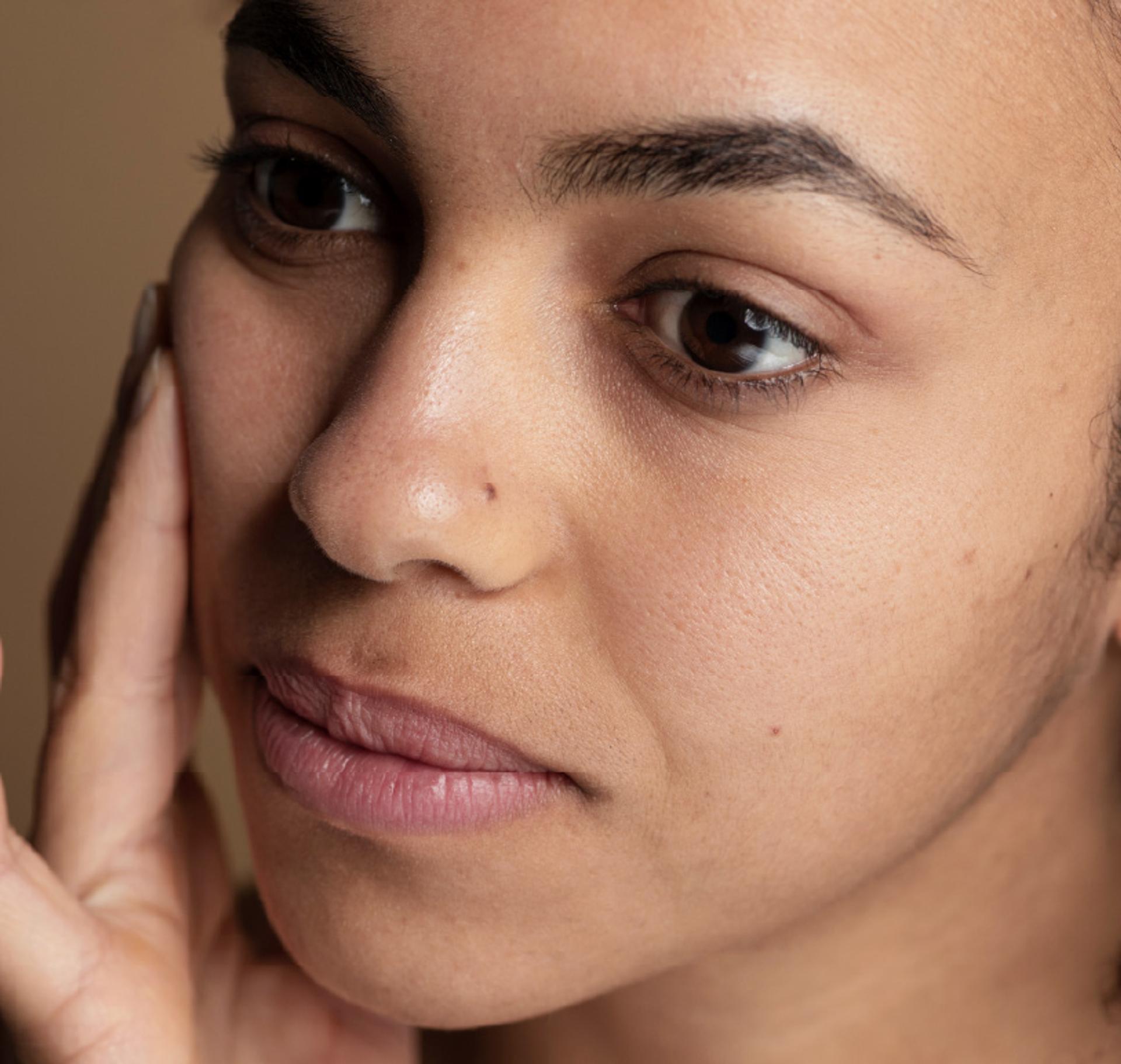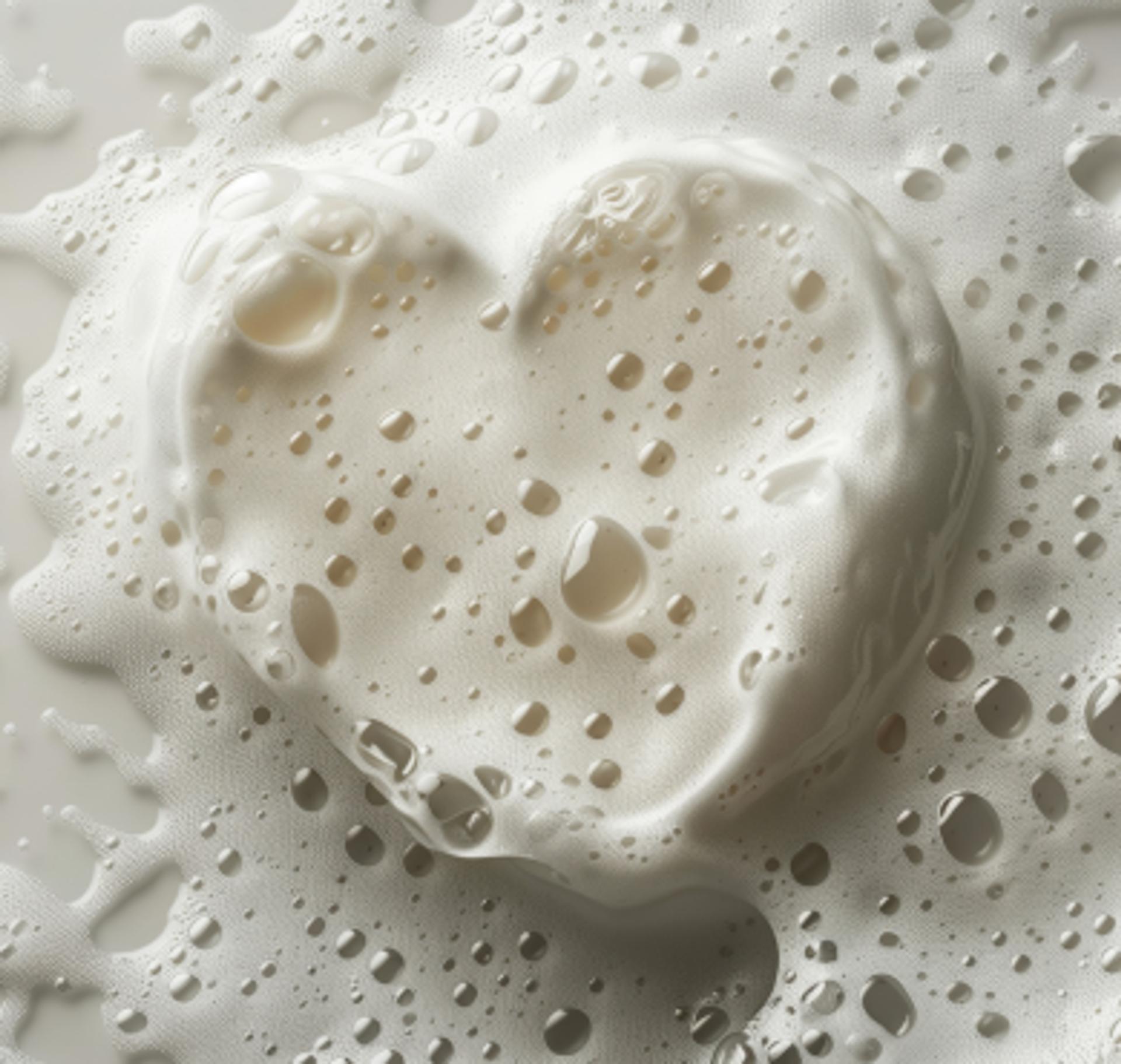
The Illusion of Foam
When Cleansing Feels Clean, But Isn’t Always Kind
By Nat Habit
The white ocean with its bubbles — sometimes creamy, sometimes airy — greets us every time we wash our face. A soft fizz, a cloud of lather that seems to whisper, "You’re clean now."
Foam gives us closure. Reassurance. It signals “done” — at least to the mind.
But what if we told you that this white, frothy comfort is more illusion than evidence?
And while it looks and feels satisfying, more foam doesn’t mean more clean. In fact, when it comes to your skin - it may actually be a red flag.
Why does cleansing foam at all?
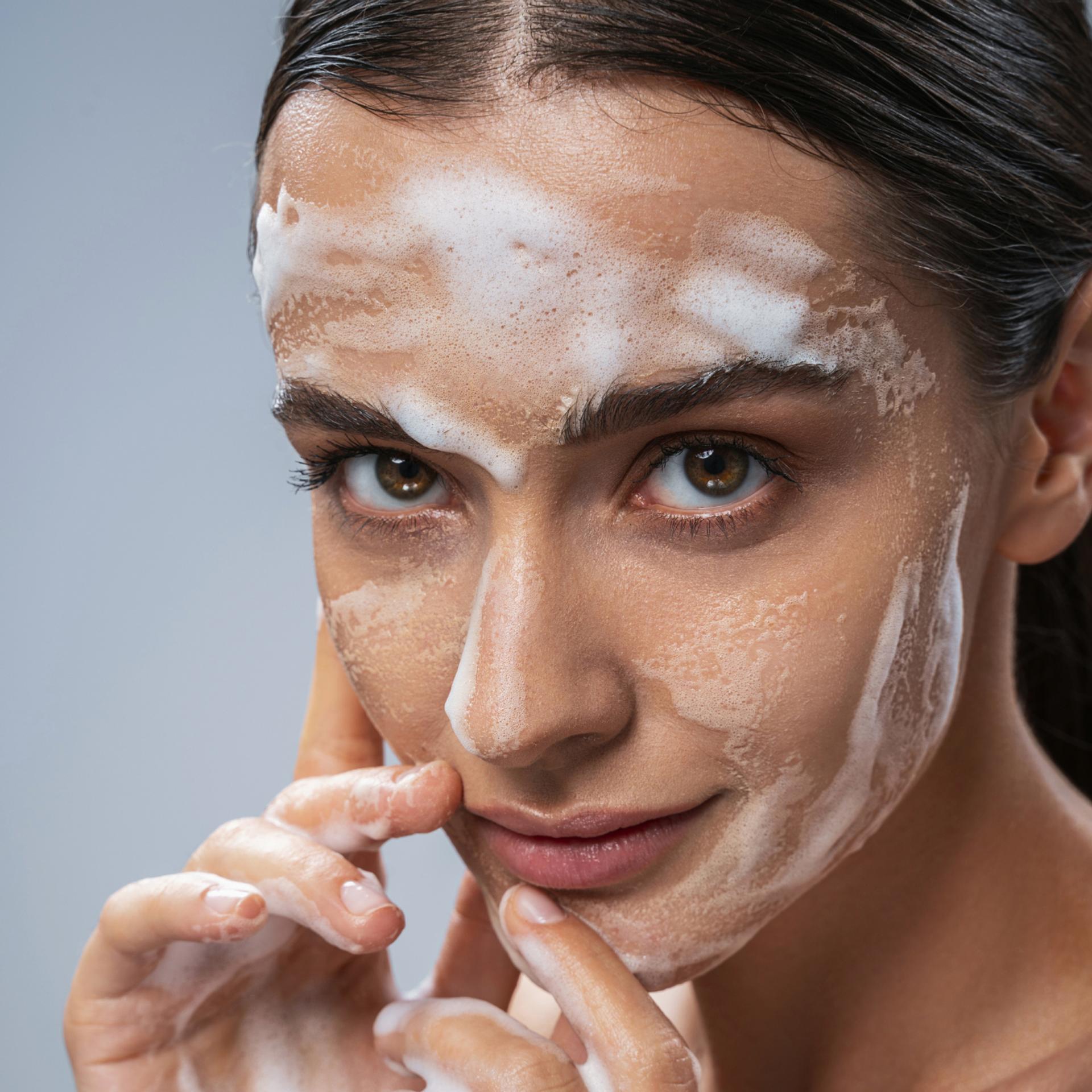
Foam is formed when surfactants - the cleansing agents in your face wash — interact with water and air. Surfactants have a dual nature: one end loves water (hydrophilic) and the other loves oil (lipophilic). This duality allows them to lift dirt, oil, and makeup from your skin.
When agitated, these molecules trap air in the water and form micelles, which create visible foam or bubbles.
So, the foam itself isn’t the cleanser - it’s just a byproduct of the surfactants doing their work. But here’s the catch: not all surfactants are gentle, and not all foams are skin-friendly.
What’s in the foam?
Surfactant types matter.
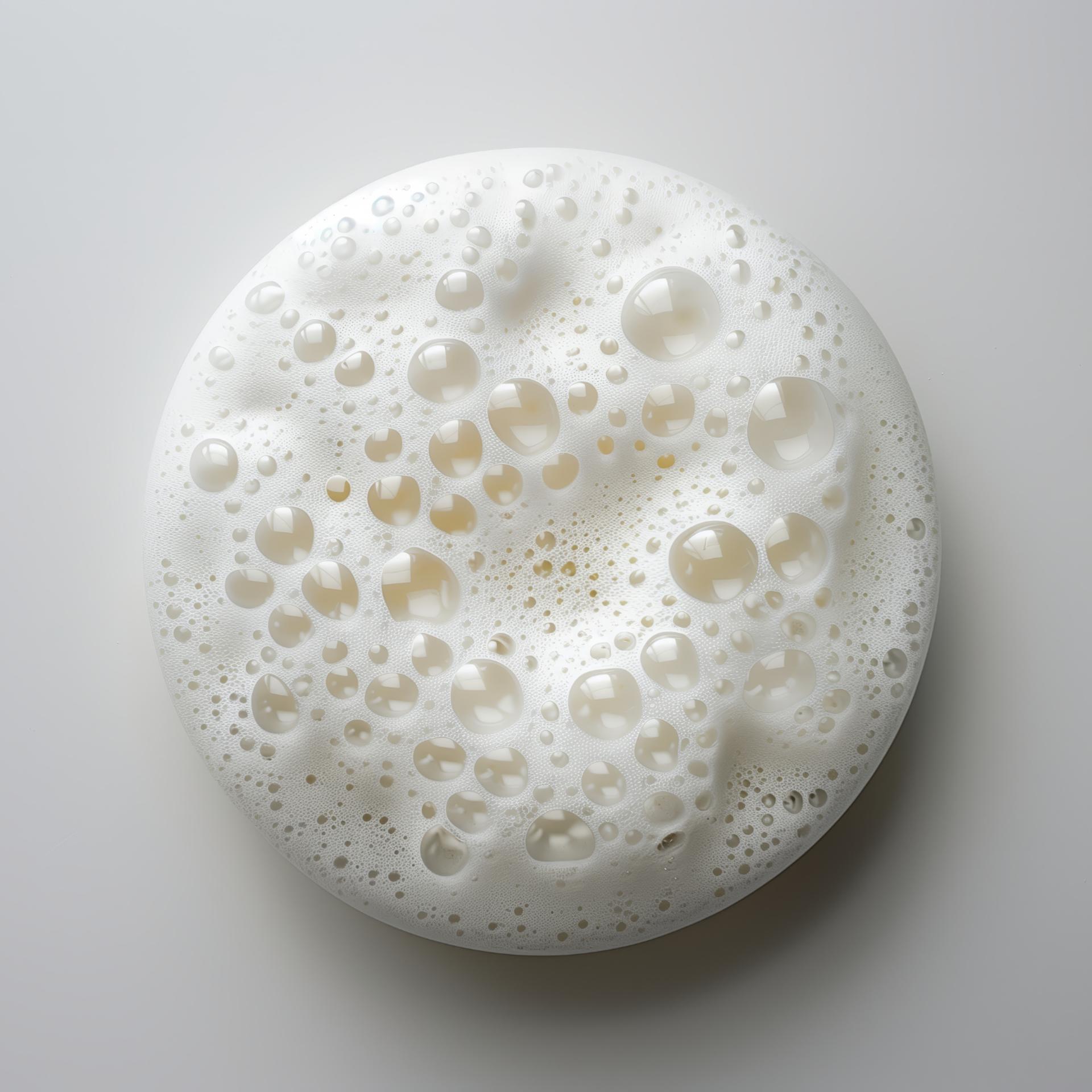
Most high-foaming cleansers - especially the kind that feel “squeaky clean” — use strong anionic surfactants, the most common being:
- Sodium Lauryl Sulfate (SLS)
- Sodium Laureth Sulfate (SLES)
- Ammonium Lauryl Sulfate
These are excellent at degreasing - but your skin is not a kitchen sink. These surfactants can disrupt the acid mantle (skin’s protective pH layer), damage the lipid barrier, and increase transepidermal water loss (TEWL). The result? Dryness, tightness, sensitivity, and for some, chronic irritation or even rebound oiliness.
Some milder alternatives include:
- Cocamidopropyl Betaine (amphoteric, much gentler)
- Decyl Glucoside / Lauryl Glucoside (non-ionic, plant-derived)
These produce less foam - but cleanse just as effectively, while respecting your skin's balance.
How much foam is needed?
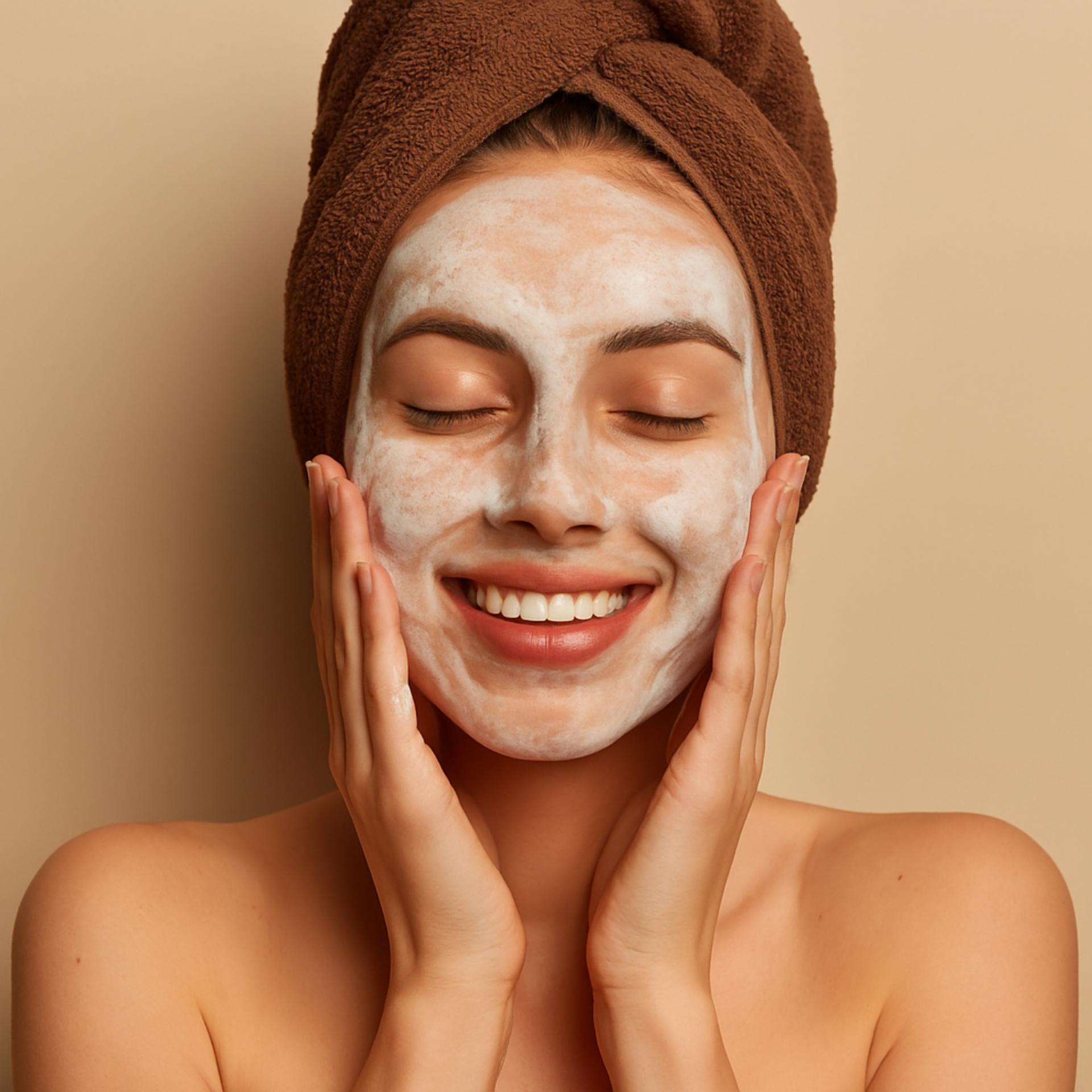
Here’s the truth: cleansing efficacy isn’t directly proportional to foam volume. Dermatological studies show that low-foaming or non-foaming cleansers can clean just as well - and sometimes better - by:
- Maintaining skin hydration and pH
- Reducing post-wash irritation
- Avoiding disruption of the skin’s microbiome
Too much foam can often over-cleanse, stripping away not just dirt but also essential lipids, natural moisturizing factors (NMFs), and beneficial bacteria.
Think of it like this: your skin has a natural emulsion of oil, water, and protein. Over-foaming emulsifies this natural balance, leaving your skin confused, dry, and prone to compensatory oiliness.
Foam = Feel. Not Function.
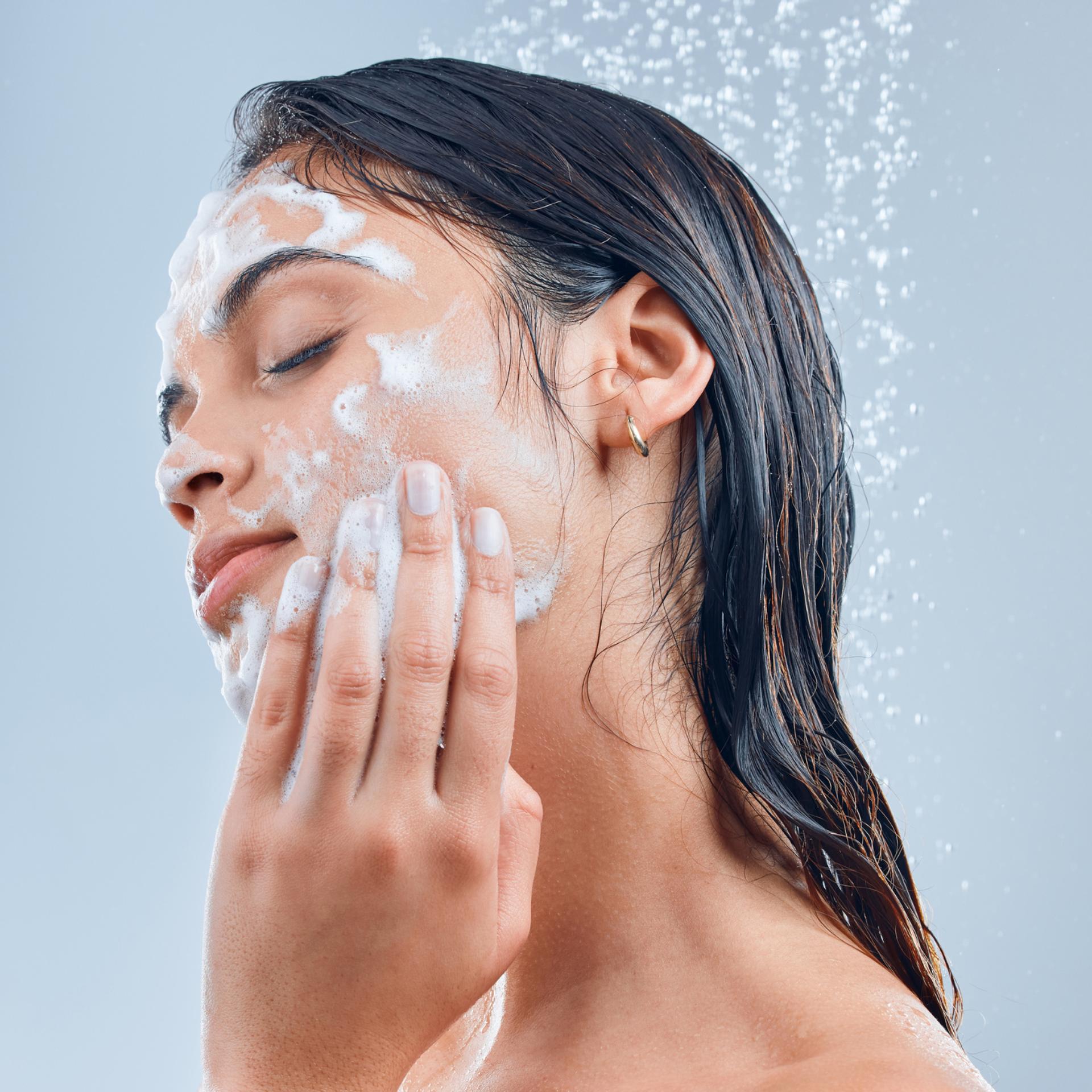
Foam appeals to our psychology. In skincare trials, users often perceive foaming cleansers to be more effective - even when the actual cleansing action (based on dirt or oil removal) was equal to non-foaming formulas.
This is called the cleansing illusion - where more bubbles = more clean in the brain, but not on the skin.
So what should you look for instead?
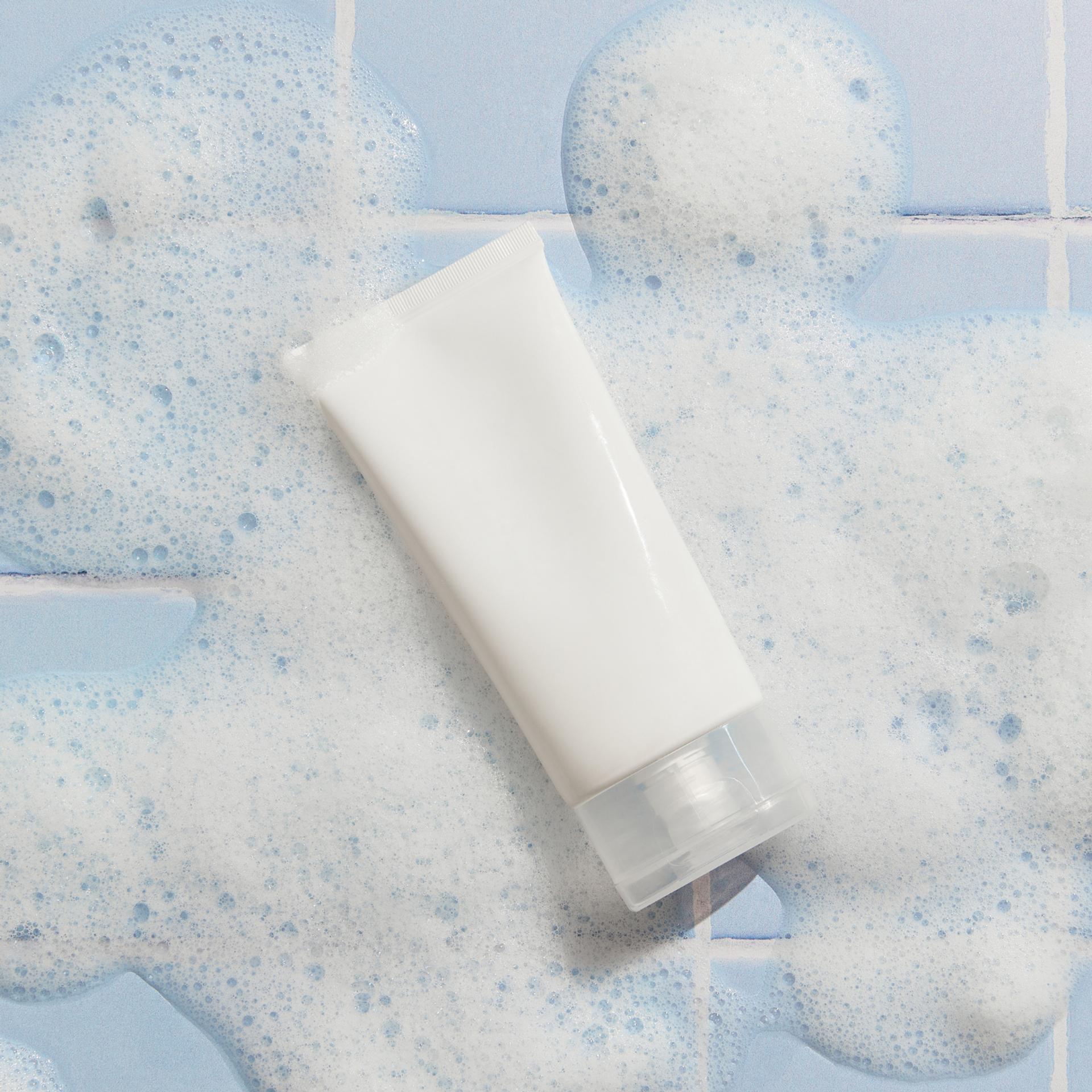
- Low-foaming or cream-based cleansers: Especially if you have dry, sensitive, or mature skin.
- pH-balanced formulas (4.5–5.5): To match your skin’s natural pH and avoid barrier disruption.
- Avoidance of harsh sulfates and synthetic fragrance: Both of which can sensitise skin over time.
So next time a sea of bubbles greets your face, pause for a moment. Ask yourself — is this comfort or overcompensation?
Because in skincare, less foam can mean more care.
And truly clean skin? It doesn’t feel squeaky. It feels calm. Balanced. Breathing.
Learn more
